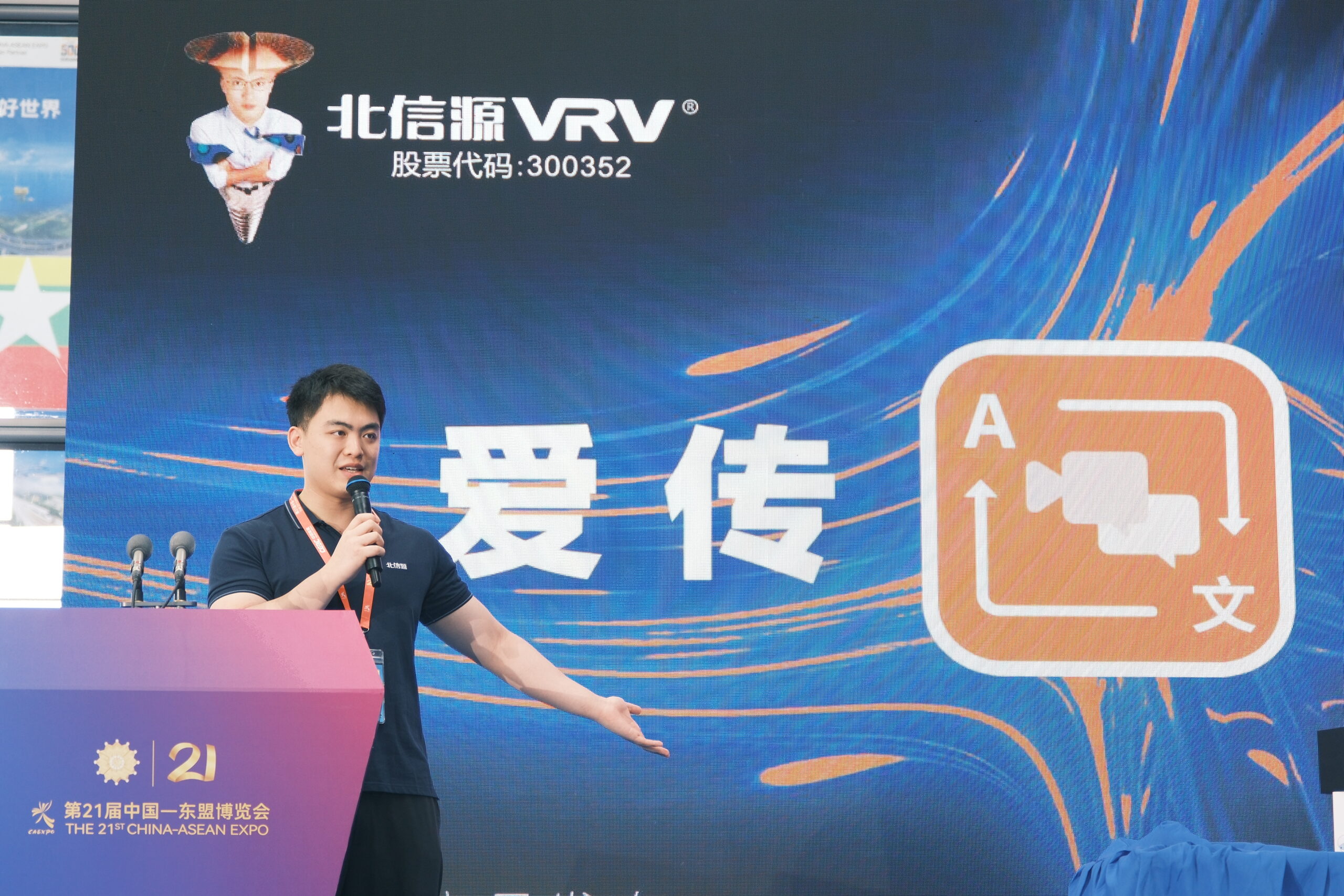In an era where communication is key to justice, Hancock County is leading the way by integrating innovative translator technology into its courtrooms. This new system is designed to bridge language gaps, ensuring that every participant—defendant, witness, lawyer, or juror—can fully engage in legal proceedings, regardless of their native language.

Addressing the Need for Clear Communication in the Legal System
Language barriers in courtrooms have long posed challenges to fair trials and effective legal processes. Misunderstandings can lead to misinterpretations of testimony, delays in proceedings, and, ultimately, inequitable outcomes. Traditionally, human interpreters have played a crucial role in mitigating these issues. However, with rising case complexities and a growing multilingual population, Hancock County recognized the need for a more dynamic solution.
The new translator technology aims to complement human interpreters by providing:
- Instantaneous Translation: Real-time conversion of spoken language into clear, understandable speech or text.
- Increased Accessibility: Immediate support for multiple languages, ensuring non-native speakers can follow every detail of the courtroom dialogue.
- Enhanced Accuracy: Advanced algorithms reduce the risk of human error, particularly in technical legal terms.
How the Translator Technology Works
At the core of this breakthrough system is a blend of state-of-the-art hardware and sophisticated artificial intelligence. The technology operates in several key stages:
- Speech Recognition: Advanced microphones capture spoken language, while noise-cancellation features ensure clarity even in bustling courtroom environments.
- Real-Time Processing: AI-powered neural networks analyze the speech, detecting nuances and context. This allows for accurate translation into the desired language almost instantaneously.
- Output Delivery: Translations are displayed on monitors and/or transmitted through earpieces. This dual-format approach helps both the courtroom audience and participants to stay engaged and informed.
Moreover, the system is designed to be user-friendly. Judges and legal professionals can easily switch between languages or adjust settings to accommodate various dialects, ensuring that all parties receive a tailored, precise translation.
Impact on Legal Proceedings
The introduction of translator technology in Hancock County courtrooms is already showing promising results:
- Enhanced Fairness: By ensuring all participants understand proceedings in real time, the system upholds the principle of due process and equal access to justice.
- Improved Efficiency: With fewer delays caused by language mismatches, court sessions run more smoothly. This also reduces the dependency on scheduling additional interpreter sessions.
- Empowered Participants: Defendants and witnesses who might have previously felt intimidated or misunderstood can now express themselves more confidently, knowing their words are accurately translated.
Legal professionals have noted that the technology not only aids in day-to-day proceedings but also helps preserve the integrity of judicial records, as translations are automatically logged for future reference.

Benefits and Challenges
Benefits:
- Cost-Effectiveness: Reduced reliance on on-demand human interpreters lowers operational costs.
- Consistency: Standardized translations help maintain consistency across different cases and sessions.
- Scalability: The system can be updated and expanded to include additional languages or specialized legal vocabulary as needed.
Challenges:
- Technical Limitations: Although advanced, the technology may struggle with highly specialized legal terminology or regional dialects, necessitating occasional human oversight.
- Privacy Concerns: Robust data encryption and strict privacy protocols are essential to protect sensitive courtroom discussions.
- Training Needs: Judges, lawyers, and courtroom staff require proper training to effectively integrate and manage the new system.
Future Prospects and Integration
Hancock County’s initiative may serve as a model for courtrooms nationwide. Future enhancements could include:
- Bidirectional Translation: Expanding the system to allow spoken language to be translated back into sign language, aiding those with hearing impairments.
- Integration with Other Legal Technologies: Combining translation with digital evidence management systems and remote courtroom access can create a more seamless judicial process.
- Ongoing AI Improvements: Continuous updates to AI models will further refine accuracy, making the technology adaptable to emerging legal and linguistic trends.
By fostering a more inclusive and efficient legal environment, this translator technology is setting a new standard for how courts can serve diverse communities.
Frequently Asked Questions
Q: What is the primary goal of introducing translator technology in courtrooms?
A: The main goal is to ensure clear and immediate communication for all participants in legal proceedings, thereby upholding fairness and due process.
Q: How does the translator technology work?
A: It uses advanced speech recognition and AI-powered neural networks to convert spoken language into another language in real time, delivering translations via monitors and earpieces.
Q: Does this technology replace human interpreters?
A: Not entirely—it supplements human interpreters by handling routine translations, while experts are still available to manage complex or highly specialized legal language.
Q: How does the technology handle legal terminology and dialects?
A: While the system is designed to understand many legal terms, some nuances may require human oversight. Continuous updates aim to improve its handling of specialized vocabulary and regional dialects.
Q: What measures are in place to protect privacy in courtroom proceedings?
A: The system uses robust encryption and strict data protection protocols to ensure that all translated communications remain confidential.
Q: How is the technology integrated into the courtroom?
A: It is integrated into the existing audiovisual infrastructure, allowing for easy access by judges, lawyers, and other courtroom staff through user-friendly interfaces.
Q: What are the expected benefits of using translator technology in courtrooms?
A: Benefits include increased fairness, efficiency, cost-effectiveness, and better accessibility for non-native speakers.
Q: Can the system be updated to support additional languages?
A: Yes, the technology is scalable and can be updated to include more languages and dialects as needed.
Q: How are court staff trained to use the new system?
A: Comprehensive training programs are provided to ensure that judges, attorneys, and support staff can effectively operate and troubleshoot the system.
Q: What are the long-term implications of this technology for the justice system?
A: In the long term, the technology could lead to more consistent and equitable legal proceedings, setting a precedent for other counties and enhancing overall access to justice.

Conclusion
Hancock County’s adoption of translator technology in its courtrooms marks a significant step toward a more inclusive legal system. By bridging language gaps in real time, the system not only enhances fairness and efficiency but also paves the way for future innovations in legal communication. As the technology evolves, it promises to further empower diverse communities and ensure that the voice of every participant is heard clearly and accurately.
Sources WGEM


